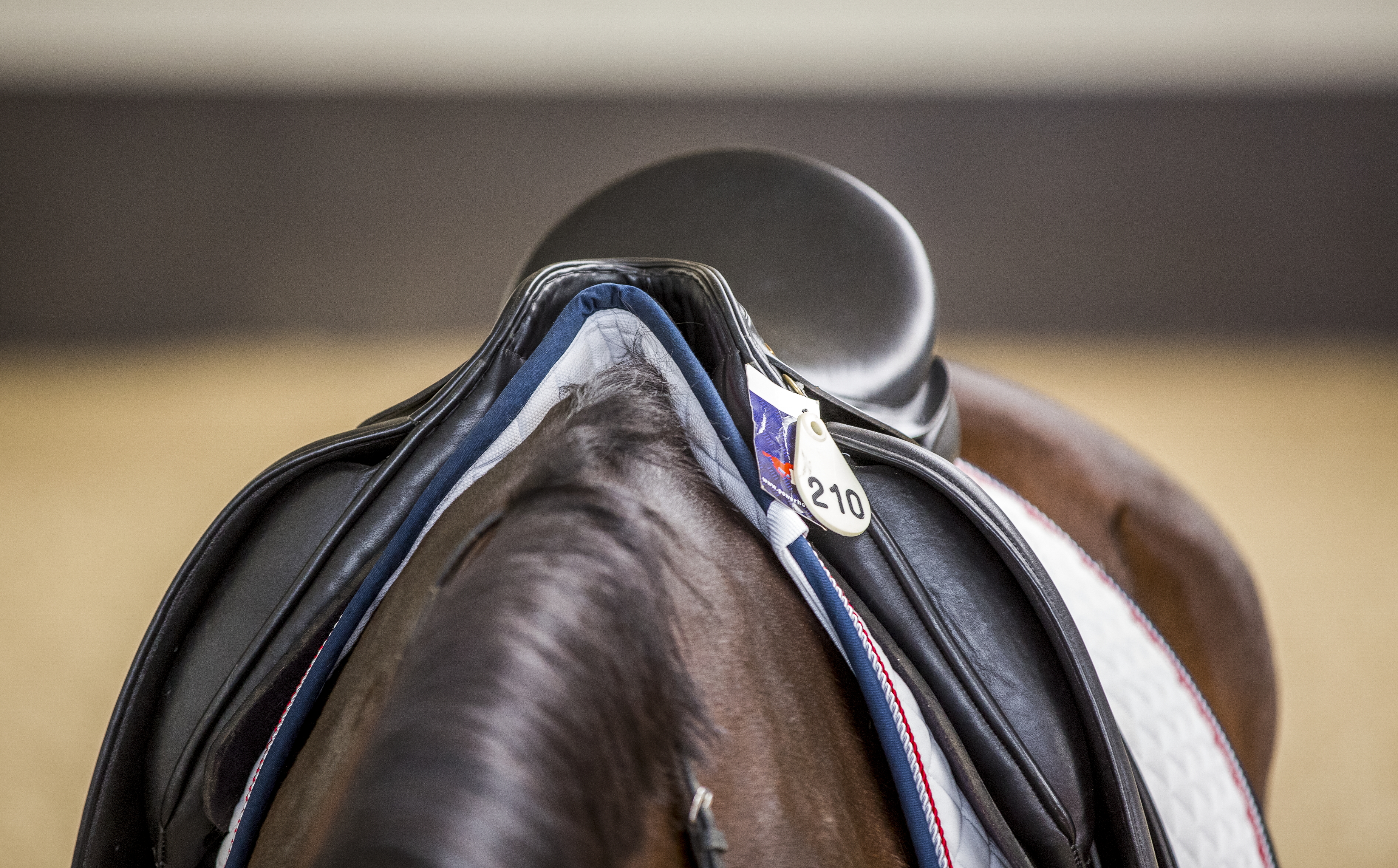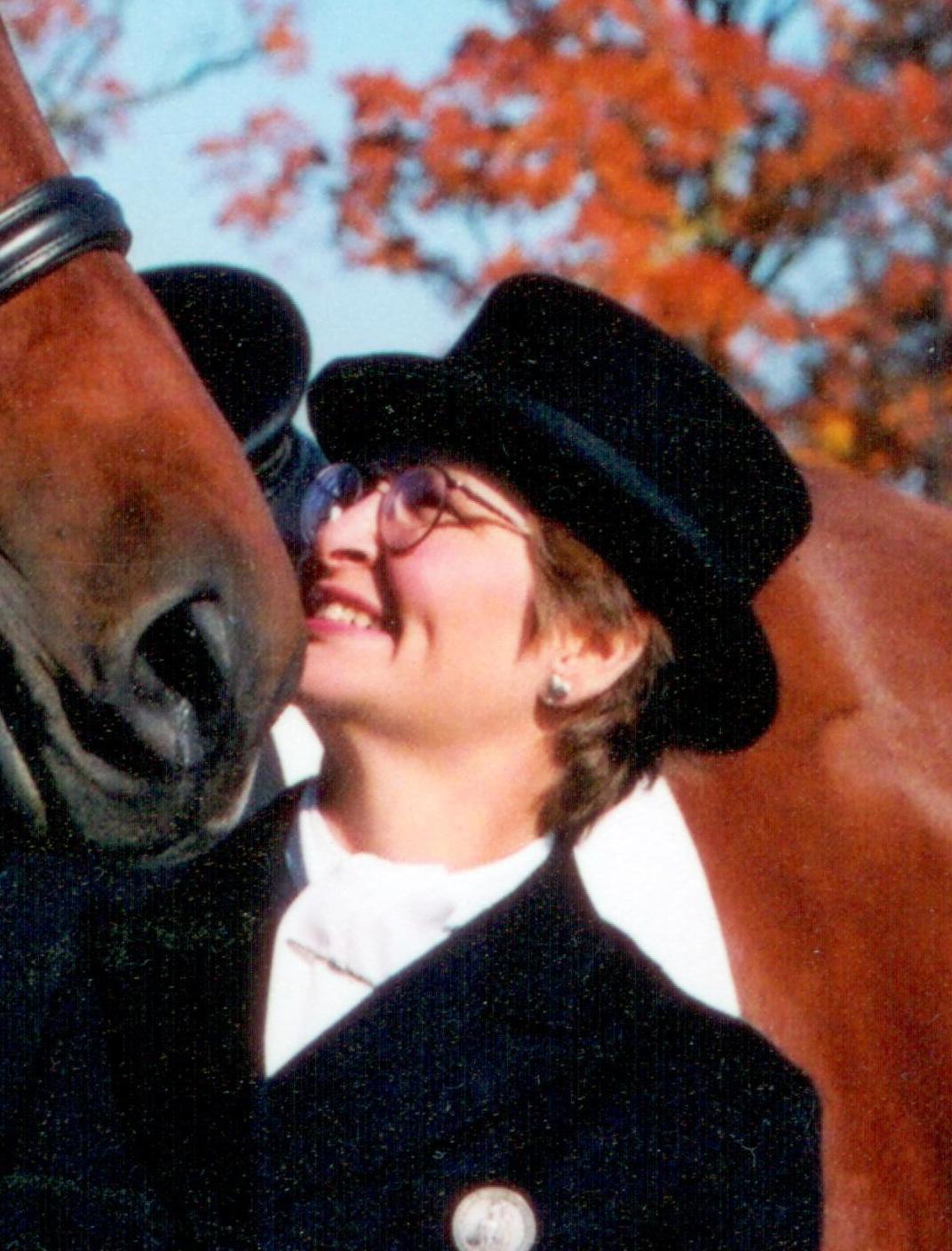Q: My gelding makes those squeaky sounds (I believe they come from the sheath area). It only started recently. What does it mean? Someone told me he is tense and I need to change my approach.
—Sue Jones of
Peoria, Illinois
A: It is good that you are attentive to your horse and notice changes. Sheath noise is caused by tensing of the muscles, primarily over the back (additionally affecting some abdominal muscles), as air passes by the sheath. It has been known to occasionally occur even in mares in the udder area.
Anything that will cause tension of the muscles may be a culprit for sheath noise occurring. If the noise occurs only occasionally for a very short time, it is not normally worrisome and is assumed to be caused by tension from the environment (for instance, lack of warm-up, temporary muscle tightness from tension in a new environment, cold temperature, excitability, etc.). Handle such situations with quiet, confident transitions to relax and warm-up your horse’s back muscles and relieve possible emotional tension. Trot–canter–trot transitions, trot–walk transitions, 20-meter circles or serpentines are all exercises that will allow your horse to gradually warm up the muscles of his back and abdomen, and encourage confident attention. If you couple them with quiet, confident, elastic aids, it should help relieve tension.
To ensure that your horse develops correctly in his daily work, it is crucial that you warm him up correctly on a daily basis. A warm-up that begins with an energetic, elastic, relaxed walk and progresses to trot and canter transitions with bending and stretching exercises that are appropriate for your horse’s level of work should be effective. If your horse is tense and unwilling or unable to relax to walk at the beginning of your work sessions, quietly post the trot and ride circles and serpentines and/or incorporate canter. Attention to your horse’s demeanor, relaxation and attitude is the key to determining how he best warms up. It is important to couple some bending exercises (for instance, circles and serpentines) with transitions and forwardness to achieve some aerobic properties to the warm-up. Correct conditioning and a solid warm-up routine on a daily basis give your horse confidence, help to keep him comfortable in his work and protect against back pain, tension and sheath noise as well as strengthen and condition him.
Of a much stronger concern is the horse who exhibits sheath noise nearly daily, frequently and/or for long durations. The number-one cause riders/trainers obsess about is tension in the horse’s back due to improper, unbalanced riding, aiding and/or lack of elasticity in the connection (caused by the rider) or lack of balance or harmony in the rider. Abrupt or rough hand or leg aids or an overly strong, improperly balanced driving seat can cause physical or emotional tension.
A “holding” or “blocking” hand, especially coupled with the use of the spur or strong driving aids, can cause back tension eventually leading to adversarial riding partners and often long-term developing unsoundness. Too much use of the spurs or using spurs on an overly sensitive horse can cause tightening of the abdominal and back muscles, sheath noise and many other training-related problems stemming from the lack of throughness (muscle tension in the back and abdomen from the spur use itself).
If you are balanced, elastic and using correct standard aids that are appropriate to the degree of sensitivity of your horse and you regularly warm up your horse correctly and appropriately for his level of work but he still exhibits sheath noise, I recommend you methodically explore and eliminate all other avenues of pain and/or back tension. Pain can be an overriding factor, and regardless of the location of its source, tends to manifest itself into back pain or tension as a primary or secondary effect. The list of causes can be problems as straightforward as poor saddle fit, hock pain, lack of fitness and strength, foot pain causing back tension, teeth problems or lack of chiropractic adjustment. Problems may be as elusive as infection of the ovaries or kidneys, lethargy or pain from undiagnosed Lyme disease or ulcers, arthritis, joint pain, etc.

If your horse falls into the category of exhibiting sheath noise frequently, get eyes on the ground from a respected, experienced horseman or trainer to critically assess the riding balance, harmony and aids between you and your horse as well as your riding style and warm-up routine. Assess your horse’s fitness, comfort and confidence in his surroundings and make a plan with your veterinarian, coach, farrier and other team members to assess his comfort/pain level.

Ida Norris
is a USEF “S” dressage judge and earned her USDF bronze, silver and gold medals on horses she trained. She also gives clinics for classical long-lining and dressage throughout the U.S. and Canada. She founded and directs the Florida Dressage Experience Program, a European-style school for trainers and riders that is in session during winters in Palm City, Florida. She spends her summers at Mill Pond Farm in Benson, Vermont.











